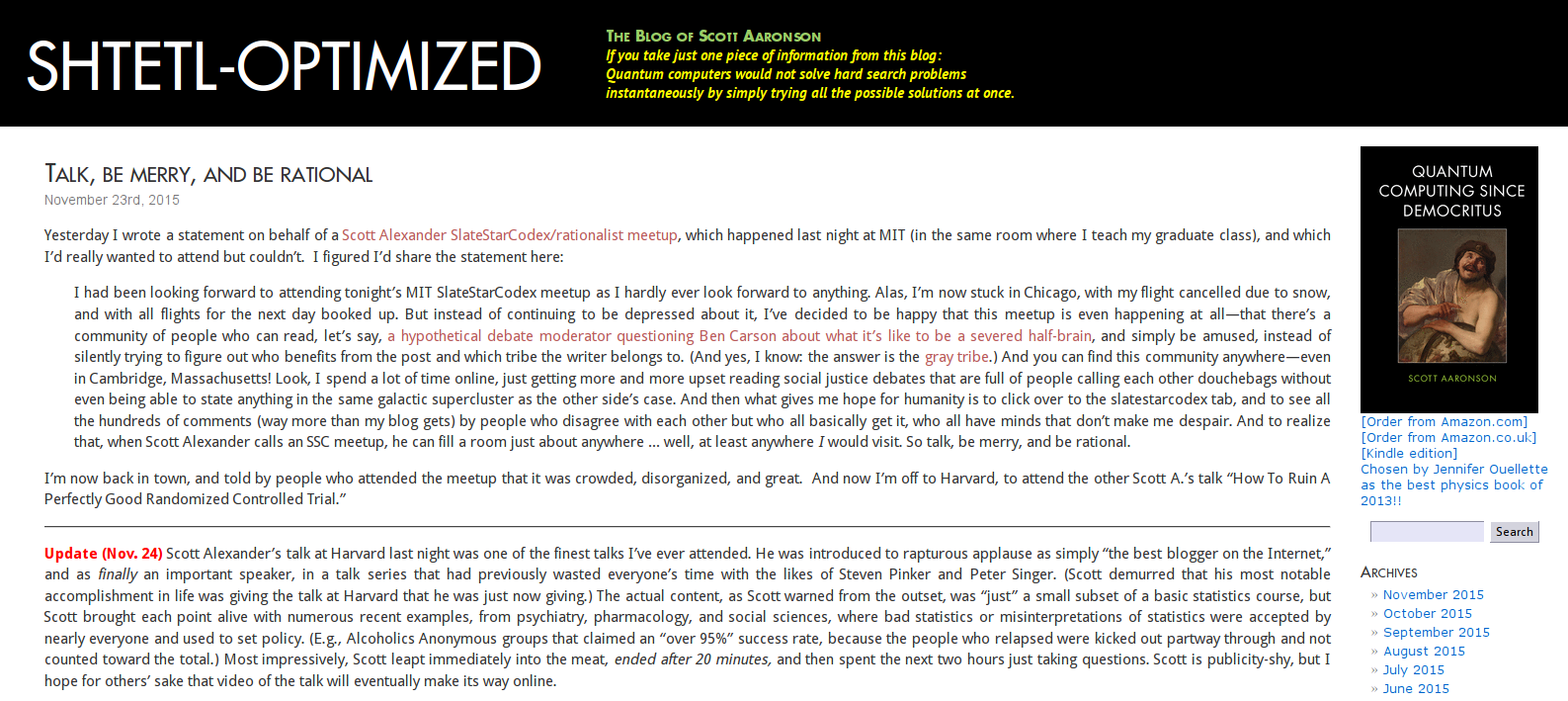In the annals of human achievement, the trajectory of scientific progress often unfolds against a backdrop richly woven with cultural threads. This intricate tapestry comprises the environment, social norms, and philosophical paradigms that distinguish various civilizations. Amidst the fervor of the Enlightenment, which heralded the rise of reason and empirical inquiry, the shadow of cultural legacies remains omnipresent. Cultures, like their distinct social fabrics, influence the ideation processes of the scientific mind, coloring them with values, metaphors, and narratives that may either stifle or ignite innovation. To extricate the complexities of this relationship, one may consider the metaphor of a shtetl—an emblematic representation of Eastern European Jewish towns—which encapsulates the symbiotic interplay of culture and scientific exploration.
The shtetl served as a crucible for intellectual ferment, a microcosm where communal traditions intersected with the imperatives of modernity. Within such spaces, the interplay between collective memory and individual creativity shaped the epistemological frameworks utilized by its inhabitants. This is not merely an assertion regarding the preservation of cultural identity; rather, it is a profound acknowledgment of how shared narratives forge the contours of intellectual inquiry. A culture steeped in a rich historical context fosters a unique intellectual climate that can promote scientific thought.
The dialectic between culture and science is portrayed most effectively through the examination of heuristic methodologies—conceptual tools that facilitate exploration within specific frameworks. Scientific inquiry often adopts metaphorical scaffoldings drawn from cultural lexicons. These epistemic constructions enable researchers to navigate the uncharted territories of knowledge. For instance, in fields as diverse as psychology and physics, scientists utilize cultural schemas to frame their hypotheses and interpret their findings. The representation of the universe as an ‘ocean of possibilities’ may resonate with cultural perceptions of both the vastness of water and the intricacies of an interconnected ecosystem.
As one delves deeper into this phenomenon, it becomes evident that cultural paradigms do not merely influence the initiation of scientific thought; they shape ongoing dialogues within the scientific community. The narrative forms and folklore prevalent within a culture encapsulate modes of reasoning, which subsequently manifest in the very fabric of scientific discourse. The shtetl embodies a rich repository of stories reflecting resilience amidst adversity, mirroring the undulating journey of scientific progress. This distinction illuminates how cultural narratives lend robustness to scientific discourses; the stories shared contribute to a collective epistemic framework within which innovations germinate.
Moreover, the interaction between culture and science is accentuated by the phenomenon of cognitive diversity. The presence of disparate cultural perspectives within scientific communities enhances the intellectual horizon. When scientists from varied backgrounds — each influenced by their own unique cultural lens — converge, they bring forth a multitude of methodologies and problem-solving approaches. Such an enriching tapestry, composed of divergent perspectives, serves as fertile ground for the genesis of groundbreaking discoveries. The collection of cultural narratives contributes to the emergence of a collective intelligence, akin to a vast neural network, capable of transcending the limitations inherent in a monolithic epistemological approach.
However, this relationship is not devoid of challenges. The hegemony of certain scientific methodologies can subsume alternative cultural epistemologies, rendering them invisible or insignificant. The rigid adherence to positivism can obfuscate rich, culturally embedded knowledge systems. As such, the discourse surrounding scientific thought must remain vigilant against the encroachment of cultural myopia. In this context, the metaphor of the shtetl offers a salient warning: the danger of isolating oneself within the walls of narrow paradigms, thereby losing sight of the multifaceted nature of reality. Embracing the diversity of cultural narratives offers pathways to a more nuanced understanding of phenomena that defy reductionist explanations.
The role of storytelling, as intertwined with scientific practice, compels us to reevaluate how discoveries are contextualized. The narratives woven around scientific concepts fuel public engagement and understanding. In an age where science often wrestles with public trust, the cultural dimensions of scientific communication must adapt. The anecdotal richness that characterizes the stories emanating from the shtetl, which reflect both the struggles and triumphs of its denizens, can serve as a template to render scientific discourse more relatable. By adopting culturally resonant metaphors, scientists have the potential to bridge the chasm between empirical evidence and public perception.
Acknowledging the synergy between culture and science necessitates an interdisciplinary approach, recognizing both cultural anthropology and the philosophy of science as integral components. Such a syncretic framework can elucidate the complexities of scientific inquiry within cultural settings, ultimately enriching the fabric of knowledge that science both creates and reflects. To ignore the scaffolding cultural contexts provide would be to defang the spirit of inquiry itself. Without recognizing the historical and social ramifications that shape scientific thought, there lies the risk of advancing knowledge in an echo chamber.
In conclusion, the metaphor of the shtetl encapsulates the intricate relationship between culture and scientific inquiry. Like the communal spaces of the shtetl that foster deep connections and exchanges, our scientific minds are similarly sculpted by the cultures from which they emerge. As humanity contemplates the future of scientific discovery, it must not merely look beyond its established paradigms but rather delve into the rich tapestry of cultural heritage that shapes its very essence. In doing so, it is possible to glean insights that are not only profound but also transformative, illuminating new pathways for inquiry that resonate with the vast, interconnected reality of human existence.












